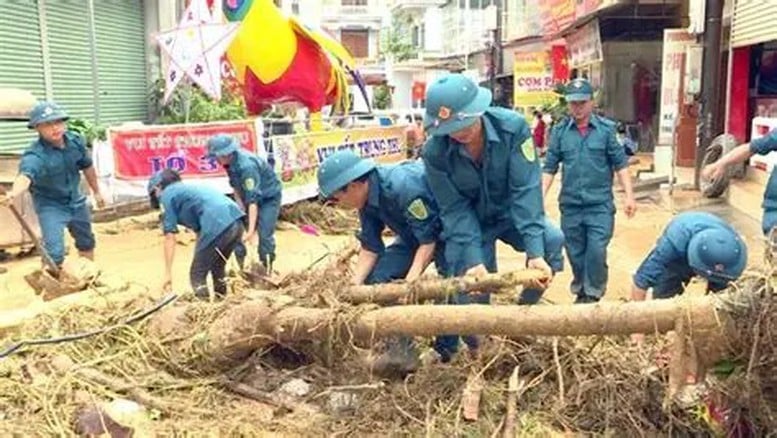
The workload of the grassroots shock force has increased sharply, requiring appropriate consolidation steps.
The Ministry of Agriculture and Environment has just sent the draft "Guidelines for building and strengthening the shock force for natural disaster prevention and control at the commune level" to ministries, branches and localities.
Implementing Resolution 76/NQ-CP and the Central Government's directives, the commune-level disaster prevention and control shock force has been formed and strongly consolidated. From 2018-2020, 13 pilot shock teams were built in many provinces and cities. From 2021-2025, the whole country had 10,491/10,561 communes establishing shock forces (reaching 99%) with more than 774,200 members.
Practice shows that the commune-level shock force is the most important rapid response force according to the "4 on-the-spot" motto. In major natural disasters such as the 2020 Central region floods, 2024 Yagi storm or the series of storms in 2025, this force is always the first to reach the scene, check dangerous points, evacuate people and coordinate rescue.
From July 1, 2025, the arrangement of administrative units according to the 2-level government model will reduce the number of communes to 3,321 units, while the size of the area and population of each commune will increase 3-4 times. This will greatly increase the workload of the grassroots shock force.
The National Steering Committee for Civil Defense issued Decision 107/QD-BCĐ dated July 23, 2025, assigning the Ministry of Agriculture and Environment to guide the organization and operation of the grassroots disaster prevention and control shock force according to the new model.
In the context of increasingly extreme natural disasters, standardizing skills, unifying processes and enhancing capacity for commune-level PCTT shock forces has become more urgent than ever. This is a force that plays a key role in protecting people's lives and property on the spot, especially during the "golden hour" of response when natural disasters occur.
Special tasks of the PCTT shock force in the areas
The draft states that depending on the characteristics of terrain, climate and types of natural disaster risks, the disaster prevention and control shock force in each region has its own tasks suitable to actual conditions.
In the midlands and mountainous areas of the North, before natural disasters, grassroots forces focused on providing timely information to people in high-risk areas; checking and detecting unusual signs such as cracks in slopes, strange noises, changes in stream water color to provide early warning. People were instructed to limit their stay in the fields during the rainy season, take measures to protect people and livestock from the cold, and be aware of the risks of storms, tornadoes, and lightning. Shock teams also coordinated to check the safety of reservoirs and were ready to handle incidents...
When natural disasters occur, the force is deployed to evacuate people from flash floods and landslides; rescue missing or isolated people; guard flooded areas and overflow tunnels; prevent people from collecting firewood during floods; support house repairs and move livestock to safe places...
In the Red River Delta, when facing natural disasters, the key task is to provide timely information to riverbank and dyke areas; check dykes, embankments, pumping stations, and drainage channels; participate in patrolling and guarding dykes according to the alarm level and clearing the flow to reduce flooding. At the same time, support people in harvesting agricultural products before storms...
During natural disasters, the force increases patrols, detects incidents in construction works, electricity and information systems to report and handle; evacuates people from deep flooded areas; organizes traffic regulation and coordinates handling of dike incidents...
In the North Central and South Central regions, with the characteristics of strong storms, the shock force focuses on propagating to fishermen and ship owners to regularly monitor warnings; coordinate with border guards to check the safety of boats and boats, call for shelter; support the reinforcement and relocation of aquaculture cages; notify tourists and evacuate coastal and island areas. The force also patrols to protect dikes and seawalls and promptly informs offshore fishing teams...
During natural disasters, the main task is to control people from staying in cages and rafts, support in handling boat accidents, ensure safety in tourist areas, rescue fishermen in distress and support in repairing houses and livelihoods after storms...
In the Southeast, before natural disasters, forces focused on warning villages, hamlets, and residential areas that are easily isolated; providing guidance on storm and tornado prevention skills; checking downstream reservoirs and clearing water flows; supporting people in water storage...
During natural disasters, the force urgently evacuates people from landslide and flash flood areas; guards underground spillways; supports in overcoming reservoir incidents; deploys measures to combat drought, provides domestic water and prevents people from collecting firewood and fishing during floods...
In the Mekong Delta, before natural disasters, key tasks include checking evacuation plans in islands and low-lying areas; checking sea and river dykes; providing guidance on storing and using water effectively; and preventing storms and whirlwinds...
During natural disasters, the force supports students in the flood season; detects landslides and issues emergency warnings; checks bridges and buoys; is on duty at ferry terminals and deeply flooded sections; supports people in coping with drought and salinity, and stores fresh water...
In urban areas before natural disasters, forces coordinated to reinforce temporary structures, trim trees, remove dangerous billboards; provide traffic safety instructions at flooded areas; and clear drainage systems.
When natural disasters occur, forces participate in traffic regulation, support on-duty at flooded areas, and clear obstacles to ensure people's safety.
Do Huong
Source: https://baochinhphu.vn/kien-toan-luc-luong-xung-kich-phong-chong-thien-tai-cap-xa-102251126104521402.htm






![[Photo] President Luong Cuong attends the 50th Anniversary of Laos National Day](/_next/image?url=https%3A%2F%2Fvphoto.vietnam.vn%2Fthumb%2F1200x675%2Fvietnam%2Fresource%2FIMAGE%2F2025%2F11%2F27%2F1764225638930_ndo_br_1-jpg.webp&w=3840&q=75)
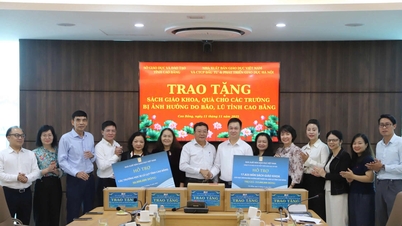
















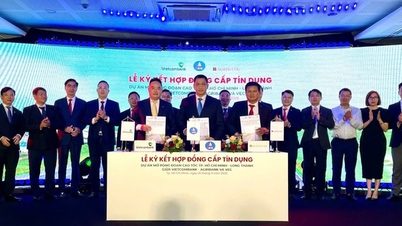






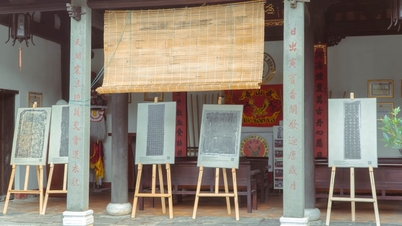
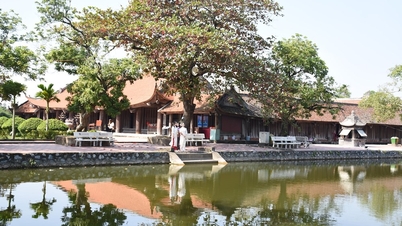










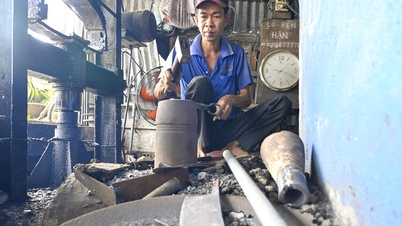






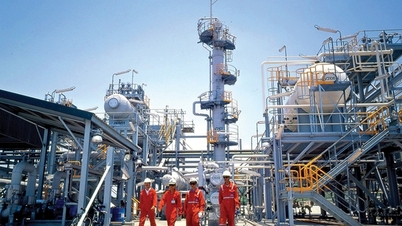
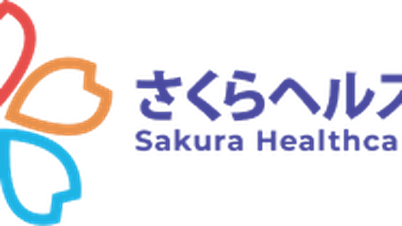









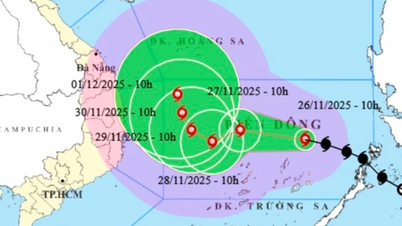




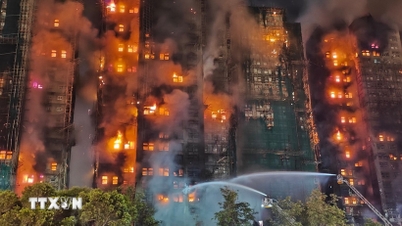













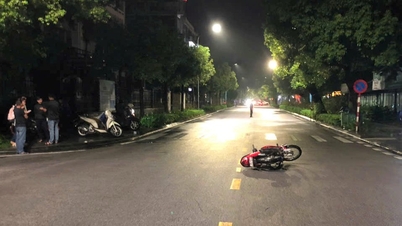

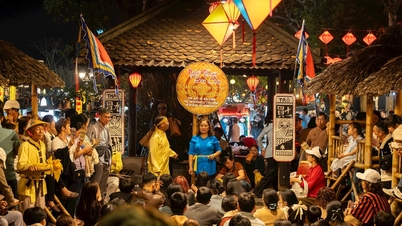


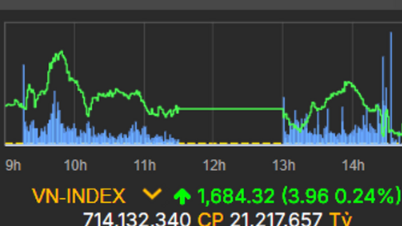















Comment (0)